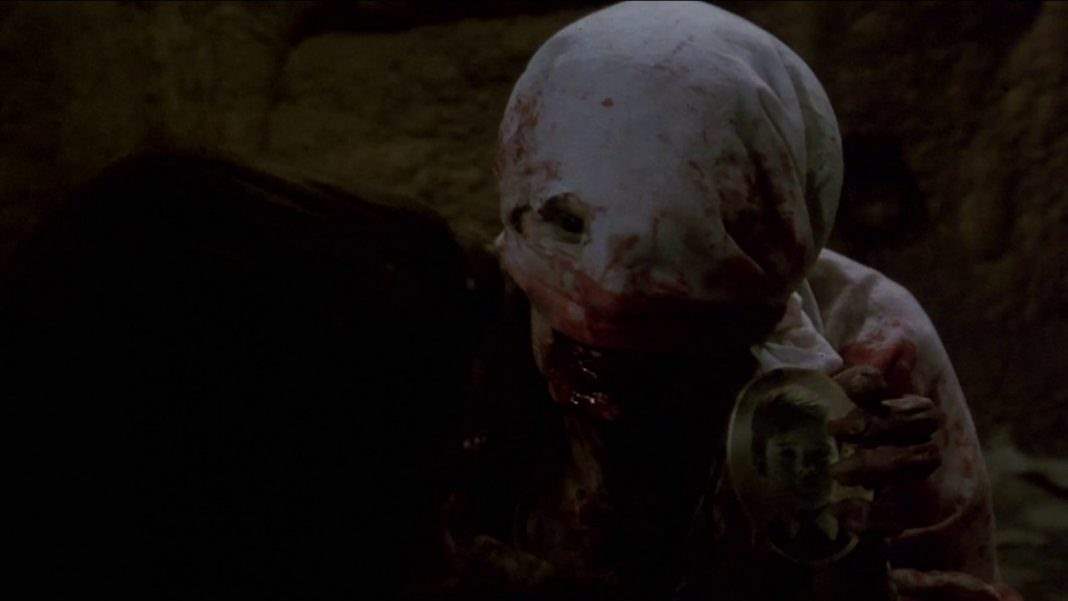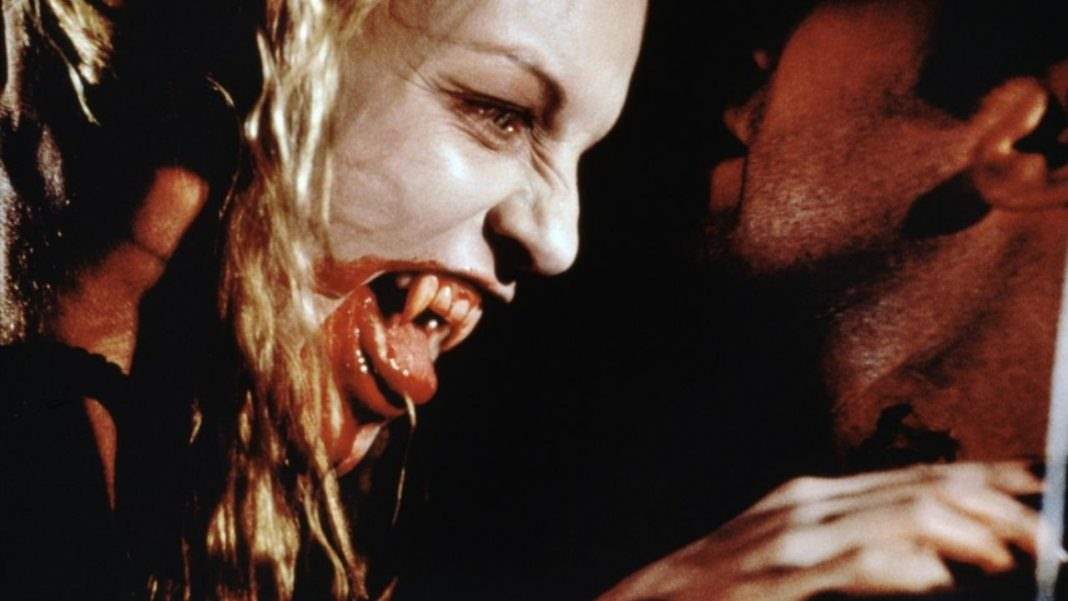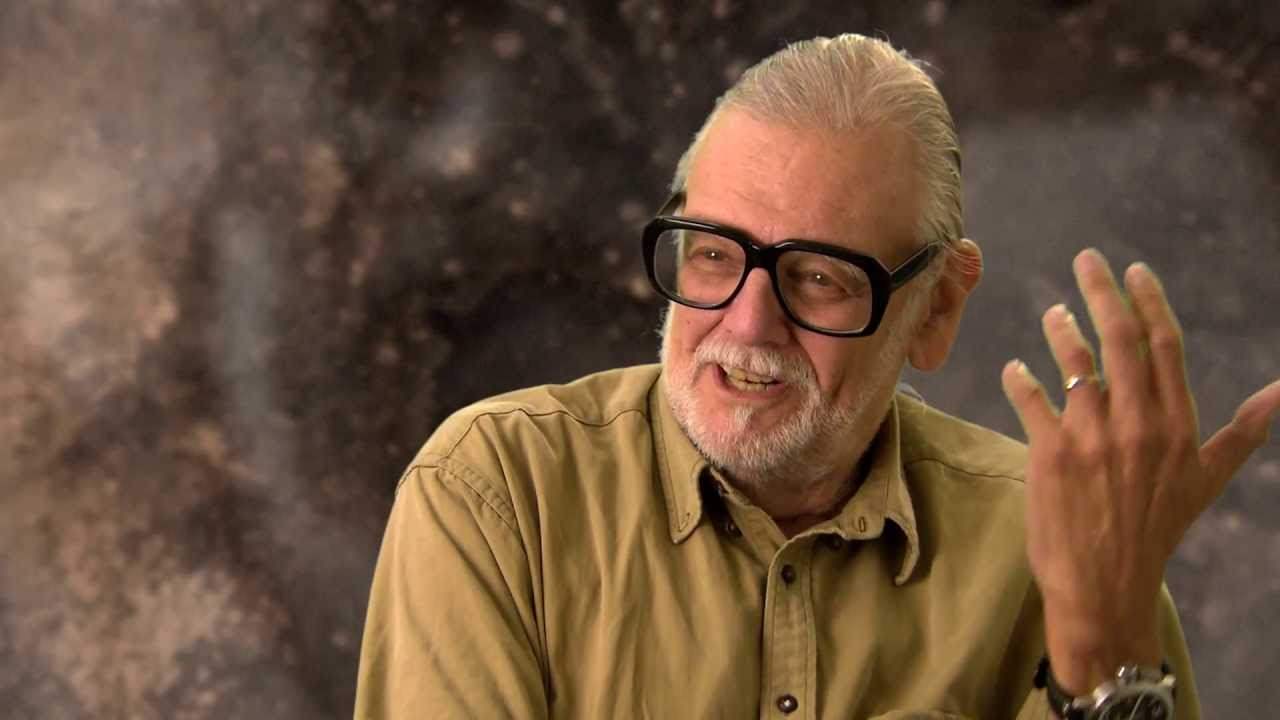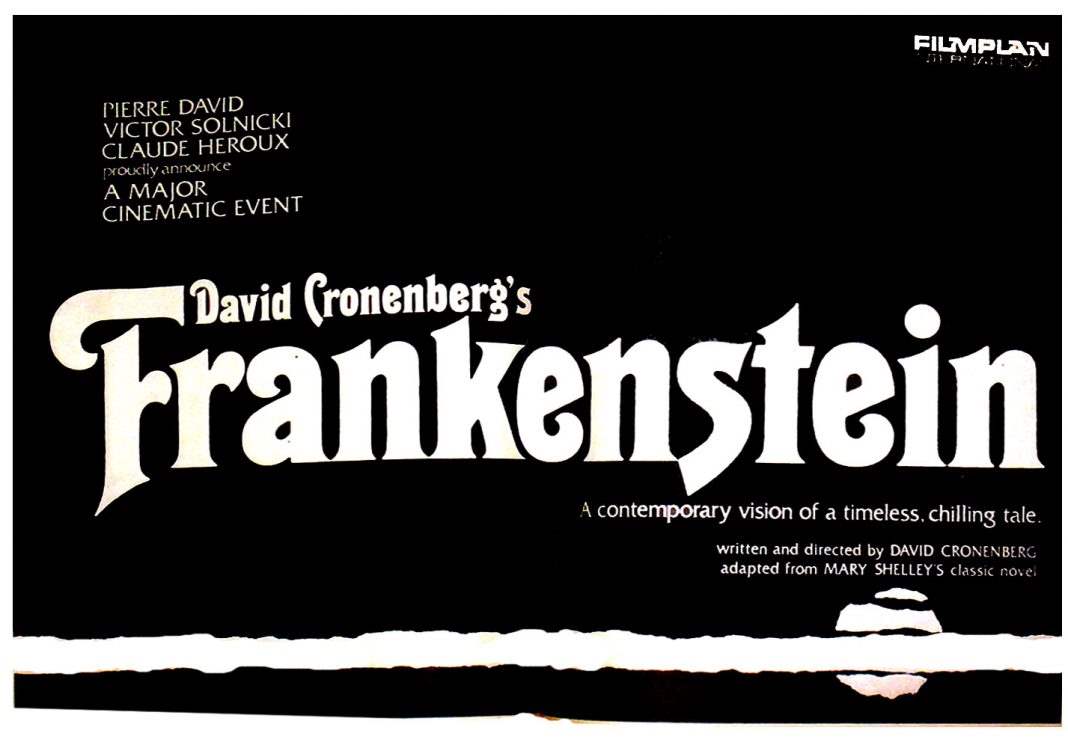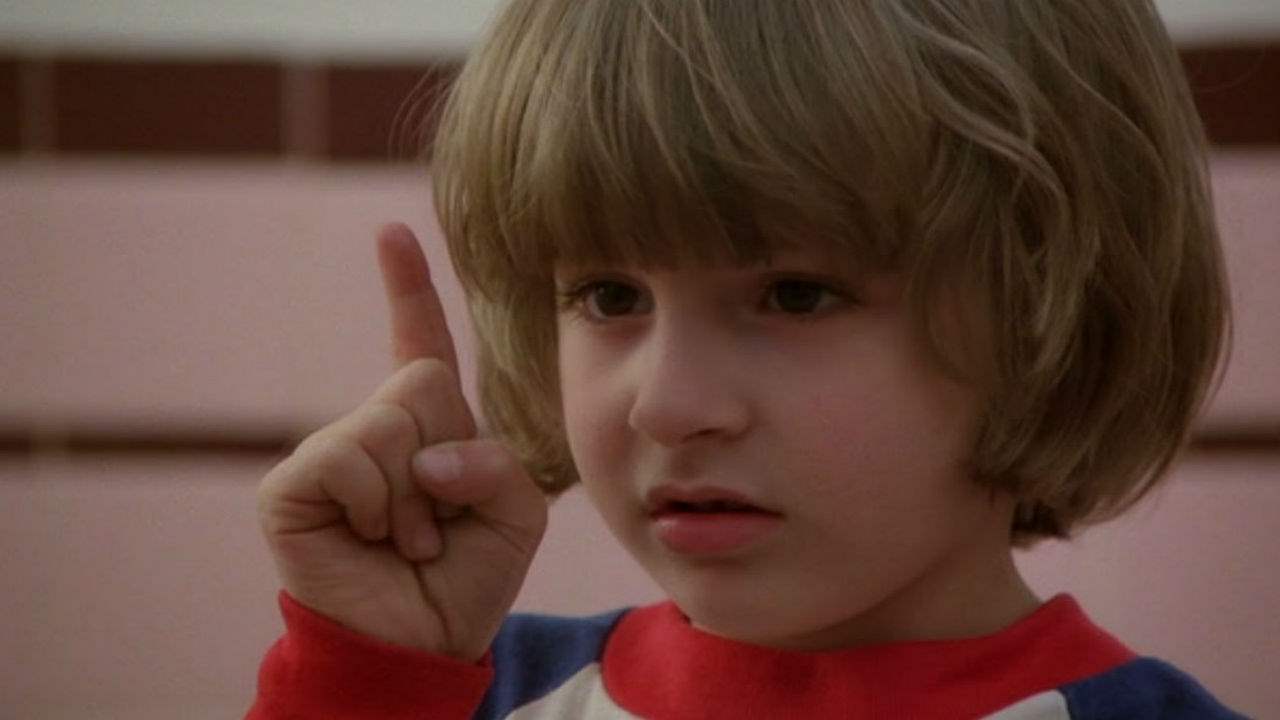Stuart Gordon’s first feature film, Re-Animator, was one of those rare movies that became an instant cult classic. It didn’t have a huge release. It was exhibited without an MPAA rating, but people ate it up. They loved it. The hardcore horror crowd latched onto it immediately. It was scary, funny, over-the-top yet sincere. It was the debut of a new voice. Like the first films from John Carpenter, Wes Craven or Joe Dante, this was a brand-new style and people realized that with this director at the helm, they were in for a treat. Gordon had continued success with Empire Pictures with From Beyond, Dolls and Robot Jox.
But then Empire folded. Charles Band’s low-budget production company—which had been responsible for genre hits like Ghoulies, Troll and so many more—went bankrupt and the producer sought to find a new way to make his films; one that would be catered to the 1990’s. It cost too much to put these together and make very little money back in theatrical distribution. So he created a new company, Full Moon Entertainment, to make horror solely for release on the video market. They had a hit right out of the gate with Puppet Master. It was a new model, but one that appeared to be working.
Sadly, it also meant that for those directors who stuck around to work with Band on his new venture—like Stuart Gordon—their work would now be done for no theatrical release whatsoever. And so just about every feature that Gordon directed through the 1990’s and into the early 2000’s was barely seen. They took years to even become underground hits.
 Castle Freak is right at the top of that list. Very few people have heard of, let alone seen, this movie. Outside the Full Moon fans, there are the people who picked it up because of the box art or because they were intrigued by Full Moon’s tie-in action figure but they are the exception, rather than the rule. In spite of being largely unseen, Castle Freak really is one of Gordon’s best.
Castle Freak is right at the top of that list. Very few people have heard of, let alone seen, this movie. Outside the Full Moon fans, there are the people who picked it up because of the box art or because they were intrigued by Full Moon’s tie-in action figure but they are the exception, rather than the rule. In spite of being largely unseen, Castle Freak really is one of Gordon’s best.
That sounds ridiculous having not seen it, I know. The title might be the most obvious B-Movie title one can come up with. But—and I can’t believe I’m about to write this—Castle Freak is about so much more than the castle freak.
Like many horror movies, this is about a family. Unlike most of them, this is a family that’s beyond hope. They’ve been through what they thought was the worst thing that could happen to them and it’s changed them all. John Reilly is a recovering alcoholic, has been ever since the drunk driving accident that caused the death of their son and blinded their teenage daughter. His wife, Susan, might be the film’s most interesting character because she does not follow the tradition of the hopeful wife who believes this is a second chance and that they can get through this as a family. Instead, she blames him entirely for the accident. She hasn’t left him yet, but she hates him to his core in a way that is completely irreparable.
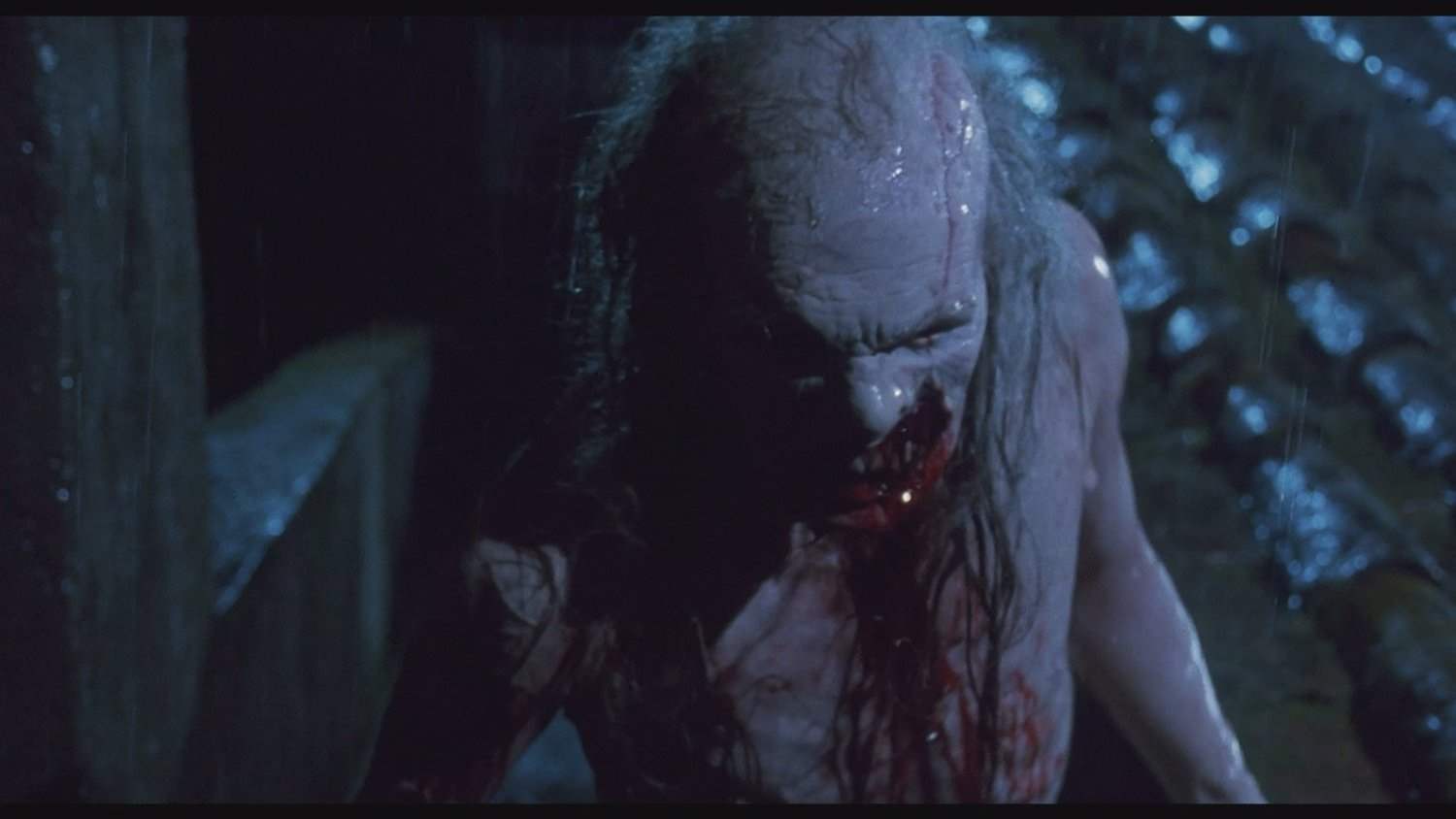 Castle Freak is Gordon’s gothic novel. It’s full of heightened emotion and melodrama and that’s a large part of why it works so well. Without the titular character, this is a serious family drama. At the same time, the monster is still important to the narrative. He’s an outsider watching the situation, in some places he serves as an uncomfortable surrogate for the audience as he spends most of the film as a voyeur. For John, who uncovers the secrets of the castle he’s inherited, the mysterious thought-dead son of the Duchess becomes a surrogate for his own. It’s ironic, then, when the Freak is revealed through a twisted chain of events to be John’s half-brother.
Castle Freak is Gordon’s gothic novel. It’s full of heightened emotion and melodrama and that’s a large part of why it works so well. Without the titular character, this is a serious family drama. At the same time, the monster is still important to the narrative. He’s an outsider watching the situation, in some places he serves as an uncomfortable surrogate for the audience as he spends most of the film as a voyeur. For John, who uncovers the secrets of the castle he’s inherited, the mysterious thought-dead son of the Duchess becomes a surrogate for his own. It’s ironic, then, when the Freak is revealed through a twisted chain of events to be John’s half-brother.
Despite the horrific, but memorable, gore sequences, I wouldn’t have batted an eye if this film had claimed to be based on a nineteenth century penny dreadful. It feels like one, even though it’s set in contemporary 1995, and that’s not a bad thing. It works really well.
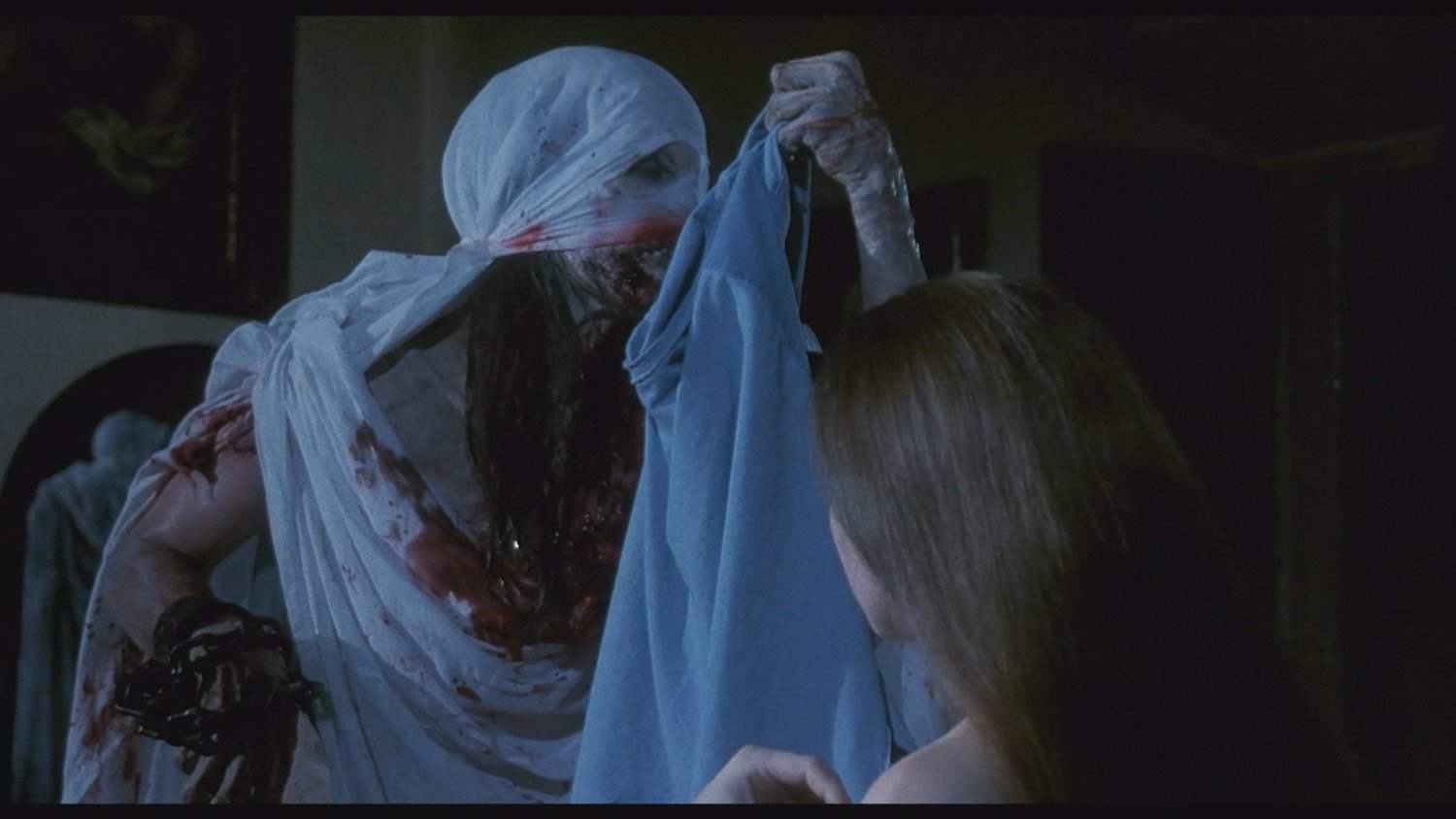 One very smart choice Gordon made was to cast an actor as the Freak instead of a stuntman. It’s one of the things that makes this movie work where it easily could have failed. Jonathan Fuller had, in fact, previously played the romantic lead in Gordon’s Full Moon venture The Pit and the Pendulum. There’s something spastic and childlike about the monster, and there’s some degree of sympathy despite the horrific things that happen throughout the picture’s running time.
One very smart choice Gordon made was to cast an actor as the Freak instead of a stuntman. It’s one of the things that makes this movie work where it easily could have failed. Jonathan Fuller had, in fact, previously played the romantic lead in Gordon’s Full Moon venture The Pit and the Pendulum. There’s something spastic and childlike about the monster, and there’s some degree of sympathy despite the horrific things that happen throughout the picture’s running time.
This was actually the movie that lost Full Moon their deal with Paramount for distribution. The studio didn’t really look at what Full Moon was making. They didn’t care. And this was a very, very different kind of feature than they had made in the past. Full Moon had made only one or two realistic features and they always had a sense of humor and fun. They were never over-the-top in terms of gore. Castle Freak is everything that those other productions were not. But they let Gordon make what he wanted to make the way he wanted to make it. It also cemented that this would be one of the only Full Moon pictures not to have a sequel, which is probably for the best.
Castle Freak is a very dark family drama at its core. It’s about a man who has done something for which his wife cannot forgive him, something for which he cannot forgive himself. His son is dead and his wife hates him for it. His daughter is a constant reminder of what he has done. Even if she has accepted that she is permanently blind, her parents never will. This is a decaying family unit and Giorgio, the castle freak, preys on that decay, maybe without even realizing what he is doing. It may be straight-to-video, but that doesn’t change the fact that it’s a great, disturbing horror from one of the all-time masters.
